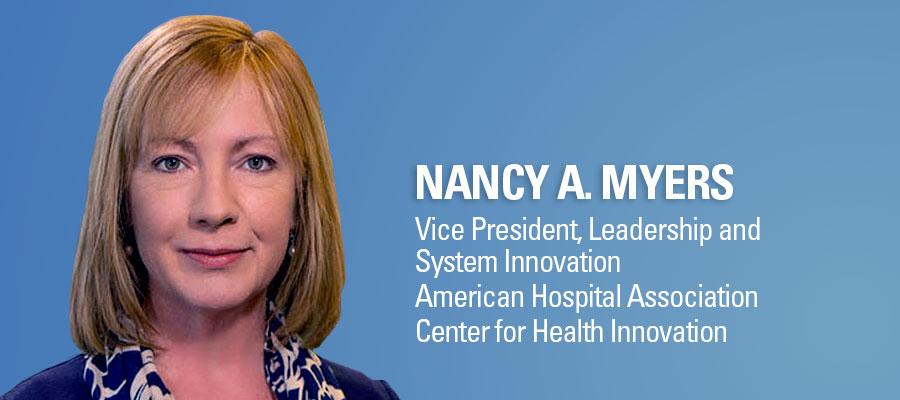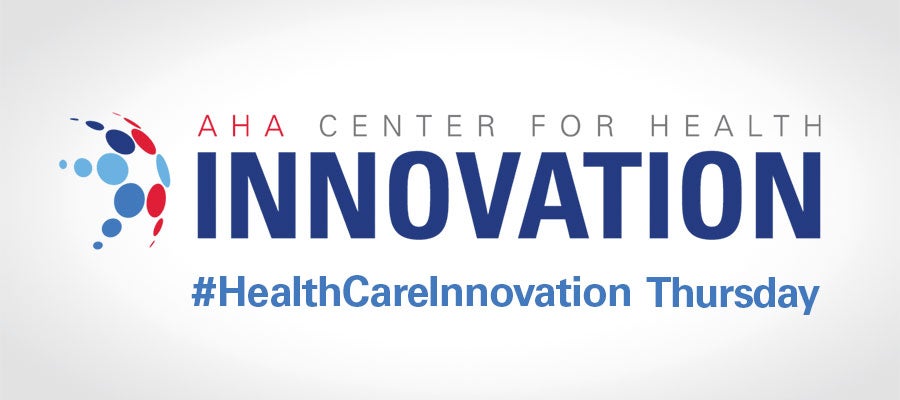Accelerating the Path to Equity with Population Health Tools


Health care teams deliver care to one patient at a time, which is exactly where their focus should be. In providing that person-centered care, our teams also see patterns of need, of diagnoses, of resource utilization and of values among patients and their families.
We know that the homes where people live and their support networks of family and friends influence people’s ability to stay healthy or recover quickly. Access to safe, affordable and stable housing is key to good health. Strong social connections are linked to longer life and better mental health, whereas a lack of such social ties is associated with depression and increased mortality.
The pandemic has illuminated health inequities we face as a nation. But we’re also seeing innovation in all aspects of care delivery and community collaboration and partnerships to address these challenges.
In addition, the neighborhood, ZIP code and region of the world that people call home presents individuals and communities of people with different access to resources — and different challenges to health.
Population Health as a Toolkit
Population health science provides a toolkit that health care leaders use to understand common factors — among individual patients or as part of the community where people live, work and play — to transform our care delivery systems and support front-line caregivers to better meet patients’ needs, one person at a time. At the same time, we’re supporting the well-being of the communities we serve to drive improvements in health equity.
As we approach a new year we still find ourselves battling the COVID-19 pandemic surge that is affecting some individuals and communities much more than others. That’s why population health tools are more important than ever.
The pandemic has illuminated health inequities we face as a nation. But we’re also seeing innovation in all aspects of care delivery and community collaboration and partnerships to address these challenges.
Four Pillars of Population Health
Hospitals and health systems are continuing to expand and evolve their approach to health care delivery and health promotion in four key areas — the pillars of population health science process.
- Understanding populations. We can identify and understand the needs of patients, families and communities by collecting, integrating and using both quantitative and qualitative data to derive actionable information. Hospitals and health systems are focusing in particular on collecting and using actionable information to understand the nonmedical needs of their patients, in order to both adapt individual plans of care as well as to identify community level areas for intervention. An AHA tool offers guidance and case examples on screening for social needs.
- Engaging new partnerships. As we continue to develop an understanding of what patients and families need to be healthy and stay healthy, it’s important to build new partnerships — within our organizations and our communities — to better address those needs. For example, many hospitals and health systems are forming medical-legal partnerships to create a network of services to address the social and legal needs of vulnerable patients. AHA recently released the issue brief “Improving Health Equity Through Medical-Legal Partnerships.”
- Taking system-level action. Armed with better data and engaged partners, hospitals and health systems are taking evidence-based, system-level actions to ensure they are addressing priority health needs in their organizations and with their communities. Over the summer, AHA highlighted how organizations can work to promote housing access during and beyond the COVID-19 pandemic for patients, staff and communities.
- Measuring and sustaining progress. Identifying key metrics of success and expanding our use of quantitative and qualitative data is crucial to improving the health of individuals and communities. Doing this will help us determine what is working well — and for whom — and to make adjustments if we are not achieving the intended outcomes. From 2018–2019, AHA led the Hospital Community Cooperative, comprised of 10 teams — each with one anchor hospital and one or more community partners — that were tasked with developing and executing community health interventions that address critical social needs. The RAND Corporation released a report that looks at HCC as a whole, measures progress on program goals and identifies promising models and lessons for the field.
Using Population Tools on the Path to Accelerating Health Equity
Hospitals and health systems across the country are innovating care delivery and transforming the “H” — creating new models of care that emphasize collaboration not only among caregivers, but with patients, families and communities.
In March, the AHA is offering an opportunity to learn more, share experiences and discuss the challenging work to improve population health and health equity — during this pandemic and beyond. The AHA Community Health Improvement (ACHI) network and the Institute for Diversity and Health Equity (IFDHE) are co-leading Accelerating Health Equity, a virtual conference focused on tackling tough challenges facing the field and reimagining population and community health for the future. This virtual event promises to expand knowledge through innovative strategies, proven resources and personal experiences. Look for more information in the weeks ahead.
Health care has always been a team sport, and those teams are continuing to evolve to a more integrated game plan with new members, including community-based providers and organizations. Using the tools of population health science will support care teams in their work to help heal individuals, improve the health of communities and, ultimately, accelerate our path to ensuring health equity.
Nancy Myers is vice president, leadership and system innovation, at the AHA Center for Health Innovation.
For more information on the AHA’s population health work, visit AHA.org/center/population-health.

